
After more than 35 years of operation, TBI is closing its doors and our website will no longer be updated daily. Thank you for all of your support.
Three – still the magic number?
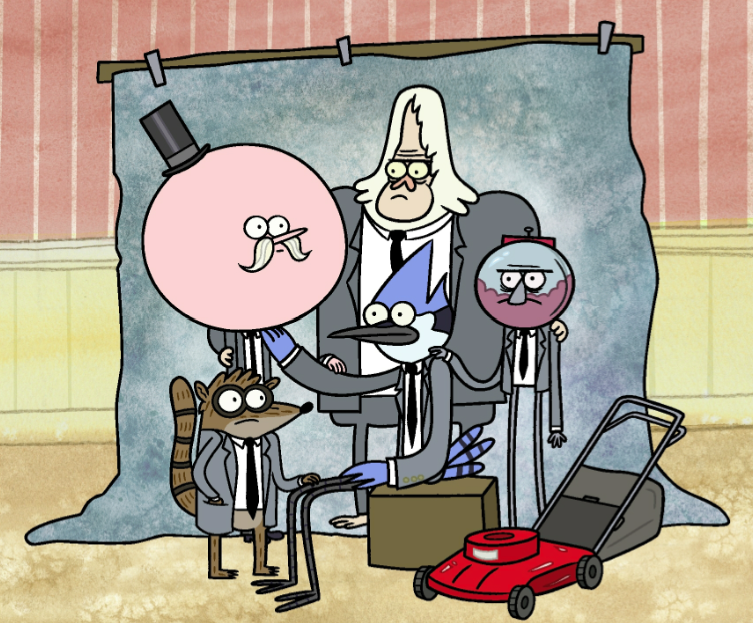 With an array of new distribution platforms emerging and new children’s channels growing audience shares in the US and beyond, Jesse Whittock and Stewart Clarke investigate to what extent Nickelodeon, Disney Channel and Cartoon Network still dominate the kids TV market and what challenges lie ahead for the Big Three.
With an array of new distribution platforms emerging and new children’s channels growing audience shares in the US and beyond, Jesse Whittock and Stewart Clarke investigate to what extent Nickelodeon, Disney Channel and Cartoon Network still dominate the kids TV market and what challenges lie ahead for the Big Three.
In some ways, there’s never been a better period for Nickelodeon, Disney Channel and Cartoon Network to maximise returns from their unrivalled positions in the children’s entertainment market. Their brands are circulated round the world across hundreds, maybe thousands, of platforms and licensing and merchandising opportunities are abundant despite the effects of the global recession.
So why does it seem to insiders that these giants are sometimes a million miles apart from the rest of the industry in not only revenue terms but also in their strategy and vision? The challenge to create an ecosystem that allows everyone a fair share is growing and the role of the channels is evolving in tandem with wider industry developments.
“We’ve been thinking about our USP really carefully recently, looking at Cartoon and reminding ourselves of its core values,” says Pete Flamman (below, left), senior VP and COO of Cartoon Network parent Turner Broadcasting System in EMEA, and managing director of its kids business. “We’ve been around for a long time and asked ‘are we clear about what Cartoon is and what its strengths are?’”.
 In the US, Cartoon Network is the third largest kids channel, averaging around the one million mark per day. Nickelodeon and Disney Channel interchangeably lead the pack with audiences of between 1.5 million-1.9 million each day, though much has been made of former market leader Nick’s fortunes because of perceived audience share losses to OTT platforms and concerns of over-reliance on mega-hit SpongeBob SquarePants.
In the US, Cartoon Network is the third largest kids channel, averaging around the one million mark per day. Nickelodeon and Disney Channel interchangeably lead the pack with audiences of between 1.5 million-1.9 million each day, though much has been made of former market leader Nick’s fortunes because of perceived audience share losses to OTT platforms and concerns of over-reliance on mega-hit SpongeBob SquarePants.
“Nickelodeon is certainly perceived [by analysts] as being weaker than it was a few years ago,” says Naveen Sarma, senior director of corporate ratings, media and entertainment at US financial services company Standard & Poor’s. One producer, who asked to remain unnamed, adds: “Nick is in very troubled waters.”
“The ratings in the US have been great in the past six months and they’re doing well,” counters Viacom International Media Networks’ COO Pierluigi Gazzolo (below, left), citing recent growth that has seen it snatch back first place from Disney on some days. (It lost the spot for the first time in 17 years in March 2012). “And from an international perspective, it has been incredible. Nick is a smart and funny channel for all demographics from preschool to teen. That feeling from the trade and consumers of how unique it is has not ceased. We’re seeing growth everywhere.”
He points to strong rating new US series Sanjay & Craig, which is about a funny Indian-American boy and his talking snake best friend; and Sam and Cat, which brings together the leads of iCarly and Victorious, two big Nick series that have ended in the past 12 months.
Nick is certainly still a massive revenue maker for Viacom and a key part of Viacom’s channels portfolio both in the US and internationally. “Despite the audience ratings declines, Nick still generates more than its share of advertising dollars relative to ratings versus Cartoon and Disney,” says Sarma.
 But it is true Disney Channels Worldwide has experienced a boom in the popularity of its channels bouquet, as its senior VP, business operations and general manager Sean Cocchia (right) points out.
But it is true Disney Channels Worldwide has experienced a boom in the popularity of its channels bouquet, as its senior VP, business operations and general manager Sean Cocchia (right) points out.
“You can easily say that over the past 24 to 36 months that the Disney Channels portfolio has seen the growth we wanted it to see. Take the Disney Channel itself: the performance in the US this summer has been extraordinary. We were number one in 2 to 11s, 6 to 11s, 9 to 14s and total viewers for the month of July.”
“Disney Channels has been doing well and part of that is because of Nickelodeon’s missteps,” says Sarma. He also points to Disney’s bespoke local content strategy as another key reason for its growth.
Cocchia says new Disney Princess series Sofia the First, which launched in the US last year and internationally in 2013, has been “blowing us away” in terms of ratings and consumer product impact, while Teen Beach Movie has become its second largest original TV movie of all time.
Internationally, Disney Channel Latin America and Disney Channel EMEA-coproduced telenovela Violetta a good example of how the Mouse House adapts its approach. “Those businesses looked at their schedules and figured out where the opportunities were. In the US, we don’t havea long tradition of telenovela but that works in Latin America and in most of the European territories and so they co-funded the project,” Cocchia explains.
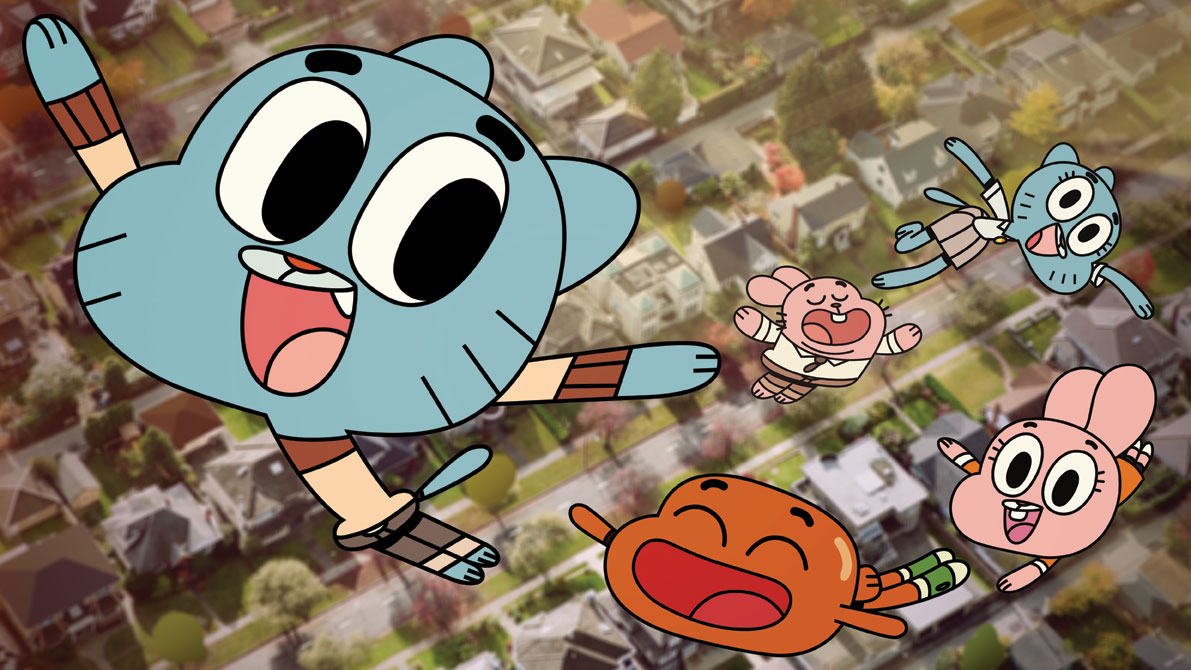 Cartoon Network, which has diversified into live action programming, has a trio of big hits on its hands that have become co-viewing staples for the boys-skewed net. The Amazing World of Gumball, from Cartoon Networks Development Studio Europe, is heading into its third season; while Adventure Time and Regular Show draw in family audiences thanks to clever scripting and strong animation.
Cartoon Network, which has diversified into live action programming, has a trio of big hits on its hands that have become co-viewing staples for the boys-skewed net. The Amazing World of Gumball, from Cartoon Networks Development Studio Europe, is heading into its third season; while Adventure Time and Regular Show draw in family audiences thanks to clever scripting and strong animation.
“It’s about comedy with friendship and humour and you can see that those shows embody those values, as do things we have coming through like Uncle Grandpa,” says Flamman. “They are really funny bright shows with a degree of heroism, but the heroes are often unlikely and always ones to which the audience can relate.”
Following a global roll out of Cartoon Network’s younger-skewing stablemate Cartoonito across EMEA, the next step is wider distribution of 4-to-7 skewing Boomerang, Flamman says.
The international Turner business is settling into new leadership while feeling the effect of widespread cuts, which began when former RTL boss Gerhard Zeiler took over and continued as Europe-based Disney exec Giorgio Stock was drafted in to oversee the EMEA restructure.
Another former Disney employee, Patricia Hidalgo, has been brought in as chief content officer, EMEA, to replace Michael Carrington, who has joined HIT Entertainment.
 “We are empowering local markets but also need a strong central team, which is built around me and Patricia,” says Flamman of the changes. “I came from running local markets and know about the importance of local decision making and can bring that to my role.”
“We are empowering local markets but also need a strong central team, which is built around me and Patricia,” says Flamman of the changes. “I came from running local markets and know about the importance of local decision making and can bring that to my role.”
He adds that the “major restructuring”, which has seen hundreds of roles cut, is over and that for producers “the most relevant thing to understand is the channels and the brands” because “for people pitching that is very important”.
Working with the Big Three has rarely been simple for indies. One European prodgramme maker says producing for Cartoon Network via EMEA has stalled and that “our entry to Turner is through the US”.
Another says: “Disney can be tough because of the muscle it has. It is very onerous on the rights position and very tough to work with as a producer.”
However, Nick’s approach – “very demanding – but in a good way”, according to one UK-based exec – is often lauded by indie producers as a model for working with The Big Three.
“The most consistent need is animated comedy for the 6+ demo, and the demand never goes away, partly because it is so difficult to do well. When you do it right there, are a lot of opportunities around the world and it is the one thing that unites Nick, Cartoon and Disney,” says Josh Scherba, senior VP, distribution at Canada’s DHX Media.
Mike Watts, CEO and co-founder of Horrid Henry producer Novel Entertainment has indeed seen improvement, noting of one ongoing partnership: “It’s good to see Disney work with Jungle Junction producer Spider Eye Animation.”
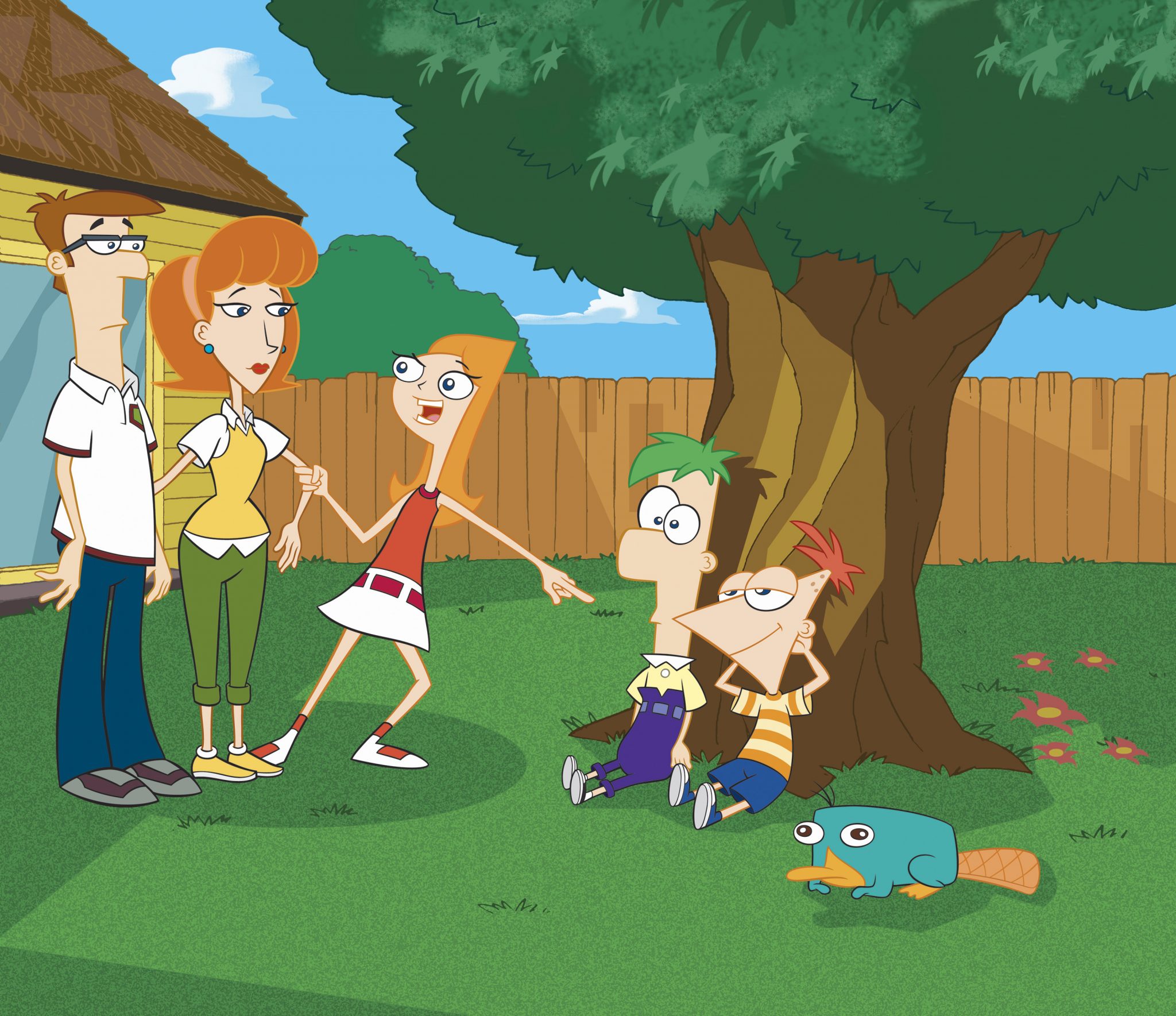 However, Scherba underlines a key issue: “All three produce so much of their own content that it is challenging for indies.”
However, Scherba underlines a key issue: “All three produce so much of their own content that it is challenging for indies.”
Opportunities do exist, however. For example, Nick International’s senior VP, programming and acquisitions Jules Borkent is a gatekeeper for both acquisitions deals, which can be more flexible for producers in terms of rights retention, and the US-based global animation studio, under the command of Russell Hicks following the departures of toon chief Brown Johnson and production guru Majorie Cohn.
VIMN’s Gazzolo calls for producers to pitch ideas through traditional means and new avenues such as Nick’s Animated Shorts Programme. It’s the same call Turner’s managing director, UK, Anthony Lukom, made to the industry in June when he told TBI he wanted indies to “flood” CN Development Studios Europe with new ideas.
Disney, which has been accused on being too reliant on M&A after buying Marvel Entertainment and Lucasfilm to acquire new character libraries, is also hunting content and Cocchia expects to source new novela concepts from Latin America now Violetta has broken through. He is also looking forward to the free-to-air launch of Disney Channel in Germany, where he believes local content opportunities will arise.
While masters of running successful linear channels and putting together TV production deals, the arena that The Big Three are most vulnerable in is digital.
“The problem for all three channels is they are going after children, who are the most fickle of audiences and the ones most likely to go OTT and use Netflix. It’s a question of providing new and interesting content to maintain audience ratings,” says Standard & Poor’s’ Sharma.
One producer sums up the issue thusly: “Digital looks troublesome for the broadcasters, they are geared up for one mode – TV. They want all rights but without knowing how to exploit them.”
Much has been said about the impact of Netflix on Nick’s ratings dips – analysts blame OTT, Viacom blames Nielsen ratings. One charge is that the network has over-programmed the SpongeBob library, but Gazzolo says it is an “evergreen – put an episode from season one or season ten on and kids will watch it”.
“Nick has got to keep programming fresh and they probably waited too long to refresh it,” counters Sarma. “They have to keep kids interested by providing new content but Viacom has taken steps to remedy this problem. They have produced strong new episodes of SpongeBob, but also have the new Teenage Mutant Ninja Turtles series and it has been doing well.”
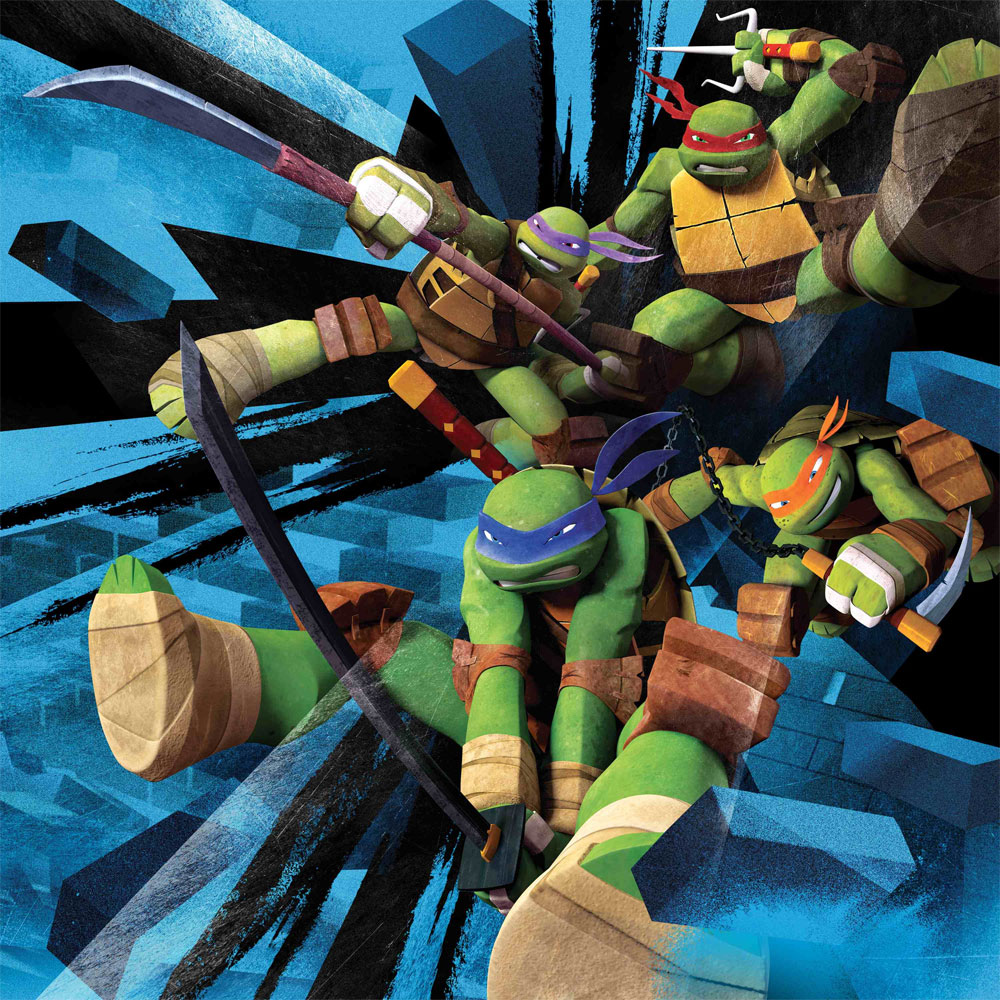 Gazzolo says the My Nick Junior app, which launched in France last year through CanalSat and could now launch in up to four new territories, is a product that the will “revolutionise” the business. It allows parents and children to customise and personalise content through pre-sets such as ‘education’ or ‘maths’ to source relevant programming.
Gazzolo says the My Nick Junior app, which launched in France last year through CanalSat and could now launch in up to four new territories, is a product that the will “revolutionise” the business. It allows parents and children to customise and personalise content through pre-sets such as ‘education’ or ‘maths’ to source relevant programming.
It also allows for geo-shifted viewing that lets children to continue watching a show started on their living room TV on the iPad in the car or in the park on a mobile. Gazzolo defines Nick’s relationship with Netflix has a positive and “globally negotiated as one” and adds: “As OTT providers emerge, we are going to work with them. We want our brands to be seen everywhere. If it’s done correctly, it’s going to be an opportunity for growth for everyone.
But the real impact of Netflix on Nick will be felt now the pair’s content agreement has ended, contends Sarma, and Amazon has swooped to acquire Viacom content for its Prime streaming service.
Flamman says a key initiative for Turner is “growth on mobile and tablets”. He predicts Adventure Time could be a driver as the company looks to develop “truly multiplatform franchises” because it is “popping on social media and in playgrounds” in the same way perennial hit Ben 10 did before breaking through and becoming a huge revenue driver.
The digital platforms and networks themselves see the relationship as mutually beneficial. Brian Robbins, CEO of YouTube channel operator and producer AwesomenessTV says: “We have a great relationship with them; we’re not sitting here saying we’re going to kill TV. Linear TV isn’t going anywhere and we look at is as a partner and as a way to deliver long form versions of our content.”
Disney is focusing on initiatives such as its Watch on-demand app and Cocchia says: “There are a lot of questions about whether we’re concerned by these OTT platforms. We see them as another opportunity to tell a story. If it’s iPhone, iPad, Android or online, kids want to experience our content so we have to find the right business model.”
However, one example from Standard & Poor’s’ Sarma suggests that the emerging media landscape still presents a considerable challenge for The Big Three. “The volatility in Nickelodeon’s ratings seems to indicate that those lost viewers there aren’t going to Disney and Cartoon. Maybe they’re all over at Netflix?”
HITMAKERS: CREATIVES BEHIND THREE BIG, BIG THREE SMASHES
Ben Bocquelet
The Amazing World of Gumball, Cartoon Network
The success Ben Bocquelet has experienced through mixed-media comedy The Amazing World of Gumball very nearly never happened. Before the series became one of Cartoon Network’s most popular shows of recent years, the French-born creative’s previous life in commercials animation was, by his own reckoning, “entirely unsuccessful”.
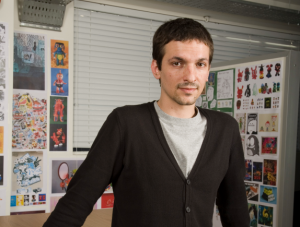 “My first job was at Studio AKA in London. I was hired to design, animate and direct, as that’s how it works in commercials. The problem was, I was just a bit rubbish at it – I pitched for three years without success. I knew I wanted to work on something with more narrative,” he recalls.
“My first job was at Studio AKA in London. I was hired to design, animate and direct, as that’s how it works in commercials. The problem was, I was just a bit rubbish at it – I pitched for three years without success. I knew I wanted to work on something with more narrative,” he recalls.
Advertising’s loss was kids TV’s gain. After moving to Cartoon Network Studio Europe to work as a character development artist helping other to flesh out their creations, the chance came up to pitch his own designs.
He offered up an early version of the Gumball world, which he says was much older-skewed. “It would have been more appropriate for Adult Swim at that time, but the network wanted something for kids,” he says.
Bocquelet went back to the studio and, along with former Cartoon Network’s former VP, original series and development Daniel Lennard, found the formula for what became Cartoon Network Development Studio Europe’s first original.
Gumball is now moving toward 100 episodes, with a third season coming. Bocquelet says the freedom Cartoon Network gives him to develop the series is extremely satisfying. “I’m thinking of new projects but I want to keeping pushing Gumball and I have some really good ideas for where to take it. There’s a whole new arc I’m interested in developing.”
Ciro Nieli
Teenage Mutant Ninja Turtles, Nickelodeon
Now 39 years-old, Ciro Nieli realised a boyhood dream when he was selected to helm the
new the Teenage Mutant Ninja Turtles reboot, which has been credited as a recent turning point in terms of Nickelodeon’s original content strategy.
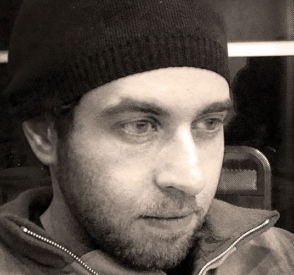 “I was at Warner Bros. working on Batman projects when I saw in the trades Nick had bought the Turtles. That was the title I’d regretted my whole life not working on – the last go-around was the 2007 movie [TMNT], when I was working on my own projects.”
“I was at Warner Bros. working on Batman projects when I saw in the trades Nick had bought the Turtles. That was the title I’d regretted my whole life not working on – the last go-around was the 2007 movie [TMNT], when I was working on my own projects.”
After taking a series of meetings and getting the gig, Nieli and his team went about reinventing the classic boys’ action series. Soon it became apparent how much the original Turtles creators Kevin Eastman and Peter Laird had influenced his style and, thereby, the new show.
“You go through so many likes and interests and you always try to adapt your style. As I rekindled my love of Turtles and tried to define a style for the show, I realised I’d learned so much from them. That’s really full circle,” says Nieli.
Before TMNT came about, Nieli had already had a successful toon series on a major network. Japanimation-influenced boys’ series Super Robot Monkey Team Hyperforce Go! (known to fans as SRMTHG) ran for four in the mid-2000s, with the animation produced at The Answer Studio in Tokyo.
The series nearly went to Nick, Nieli says, but national tragedy put pay to that. “It was about giant monsters attacking a city and then 9/11 happened and that killed the project dead. I felt a bit broken hearted but about a year later I showed it to Disney and they bought it on sight. Surreal.”
Jeff ‘Swampy’ Marsh,
Phineas and Ferb, Disney Channel
The history of Phineas and Ferb, arguably Disney’s biggest animated TV hit of recent years, could have been very different, its co-creator, Jeff ‘Swampy’ Marsh’ recalls.
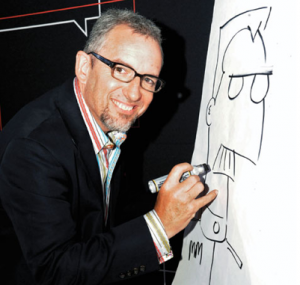 First it was twice optioned in Malaysia without success. Then it made to the upper echelons of both Cartoon Network and Nickelodeon but was passed over. Another near miss came when a plan to launch it on Fox Kids ended with the closure of the channel in 2002.
First it was twice optioned in Malaysia without success. Then it made to the upper echelons of both Cartoon Network and Nickelodeon but was passed over. Another near miss came when a plan to launch it on Fox Kids ended with the closure of the channel in 2002.
That it had done the rounds so often before making it air on Disney Channel in 2007 as a special and in February the next year as a series was down the fact Marsh and long time collaborator Dan Povenmire developed it all the way back in 1993. “It was simply started as a way for Dan and me to continue working together,” says Marsh. “If we could make a show, we could do that. How hard could it be? Sadly, after we created it, we didn’t work again together for 13 years.”
When it did finally go to air it was given a major coordinated international roll out, which Marsh describes as “the first of its kind”. In the subsequent six years, the show has built a reputation for smart gags, theatrical songs referencing everything from ABBA to Baroque madrigals, and special episodes featuring characters from Disney stablemate Marvel. A Star Wars tie-in is planned after the Lucasfilm acquisition.
Before Phineas, Marsh worked on shows including The Simpsons, which was his first job in animation after leaving a career as a computer industry executive, and 1990s cult classic Rocco’s Modern Life. However, it his current hit that fills him with pride. “I would have to say nothing has been like working on Phineas and if I’m remembered only for working on this show, that’s totally fine.”


